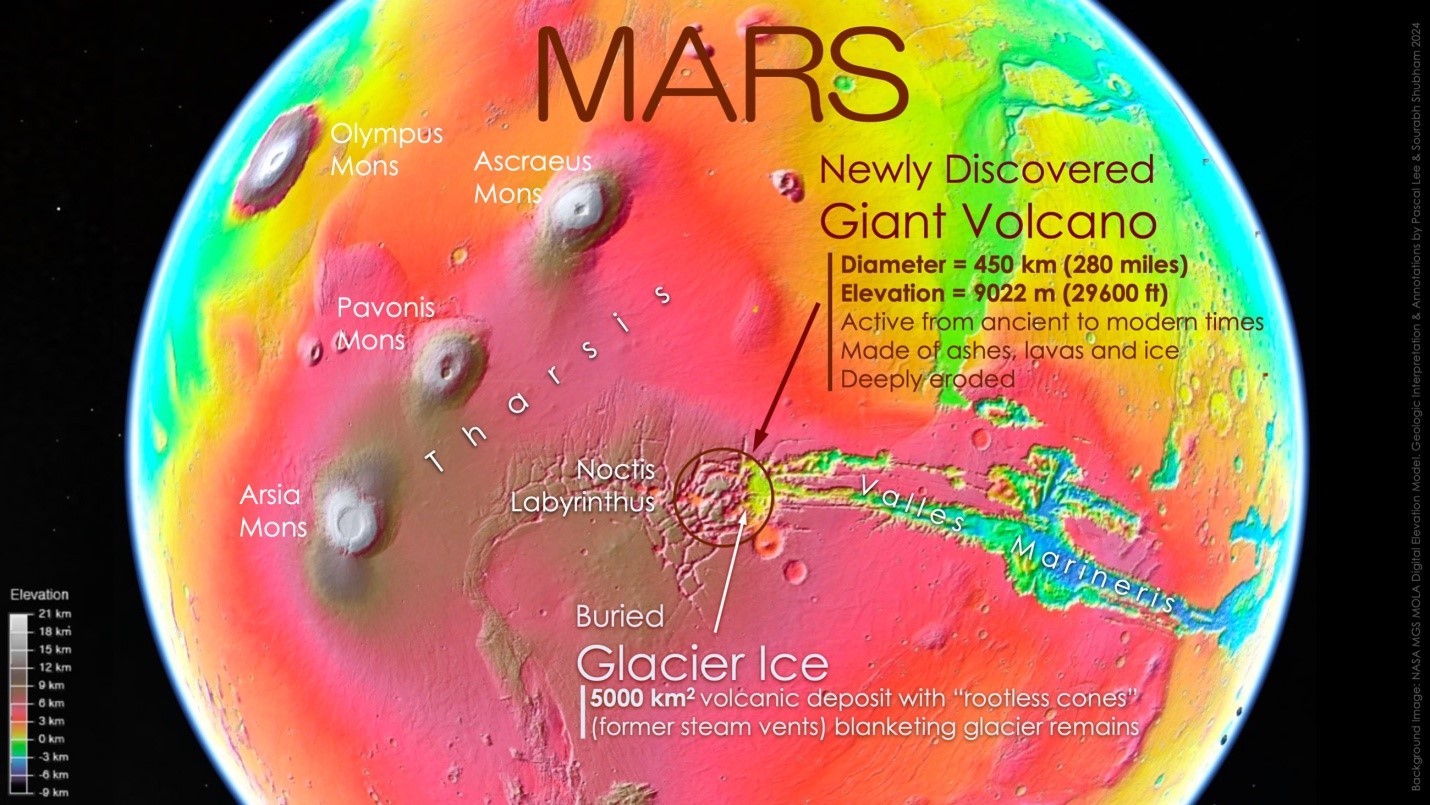Free Courses Sale ends Soon, Get It Now


Free Courses Sale ends Soon, Get It Now



Disclaimer: Copyright infringement not intended.
Context
Scientists have discovered the eroded remains of a massive volcano on Mars, that has been active till recent times, with the possible remains of a relict glacier at its base.
Details
Noctis
Planet Mars Facts
|
PRACTICE QUESTION Olympus Mons a volcano located on which of the following planet in the solar system?
Answer B |
© 2024 iasgyan. All right reserved